On the first evening of December 2016, members of the Greater China design community gathered in the Performance Hall in the Toyo Ito-designed Eslite Spectrum Songyan building, eagerly waiting to find out if they were taking home a coveted Golden Pin Design Award 2016 Best Design trophy.
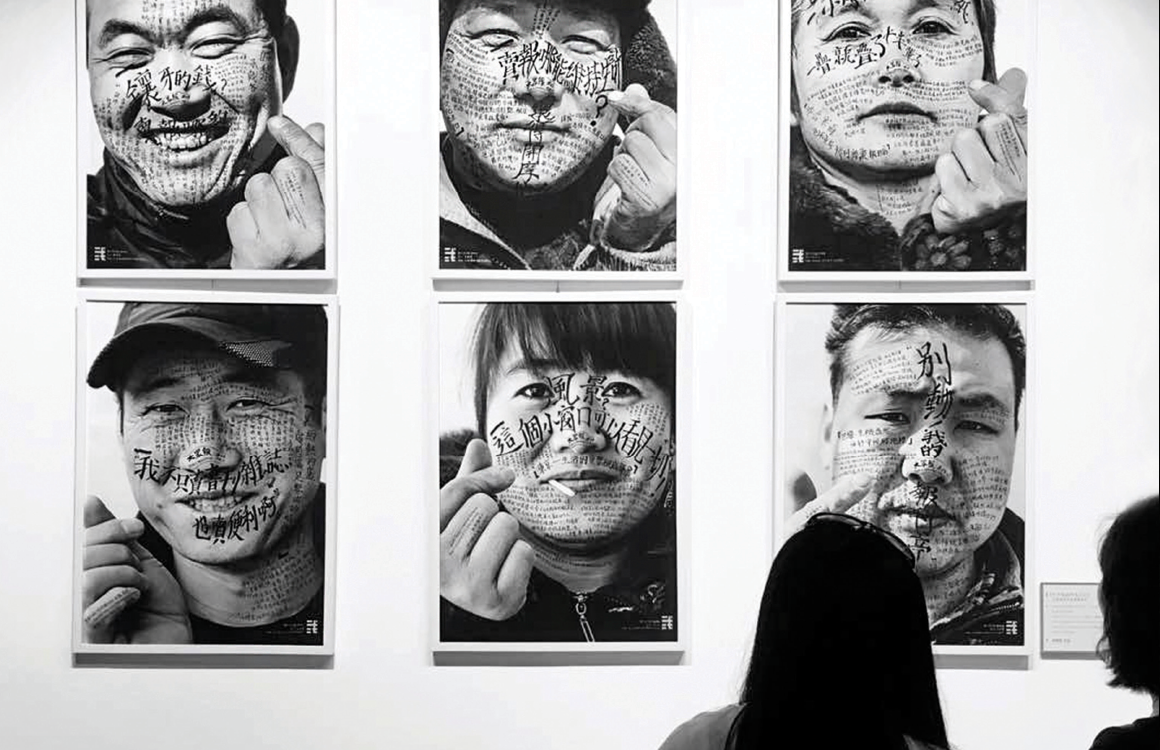
On stage at the award ceremony, Best Design winners from Taiwan, China, and Macau expressed their gratitude to friends and family, colleagues and clients, teachers and mentors. Many talked of the motivation the award gave them to carry on in their chosen area of design, and some designers from abroad expressed excitement at the opportunity to come to Taipei and meet and exchange ideas with design peers from across the huaren (Chinese-speaking) world. Others noted that this award gives them courage that designers have the ability to revitalize the region’s traditional industries.
Taiwan’s Golden Pin Design Award is an annual award that celebrates products and projects designed for and within huaren communities. Though founded in 1981 to celebrate local business and design achievements, in 2014, the award opened its doors to entrants from all over the world, so long as they have a branch office or are registered in a Chinese-speaking, or huaren, community.
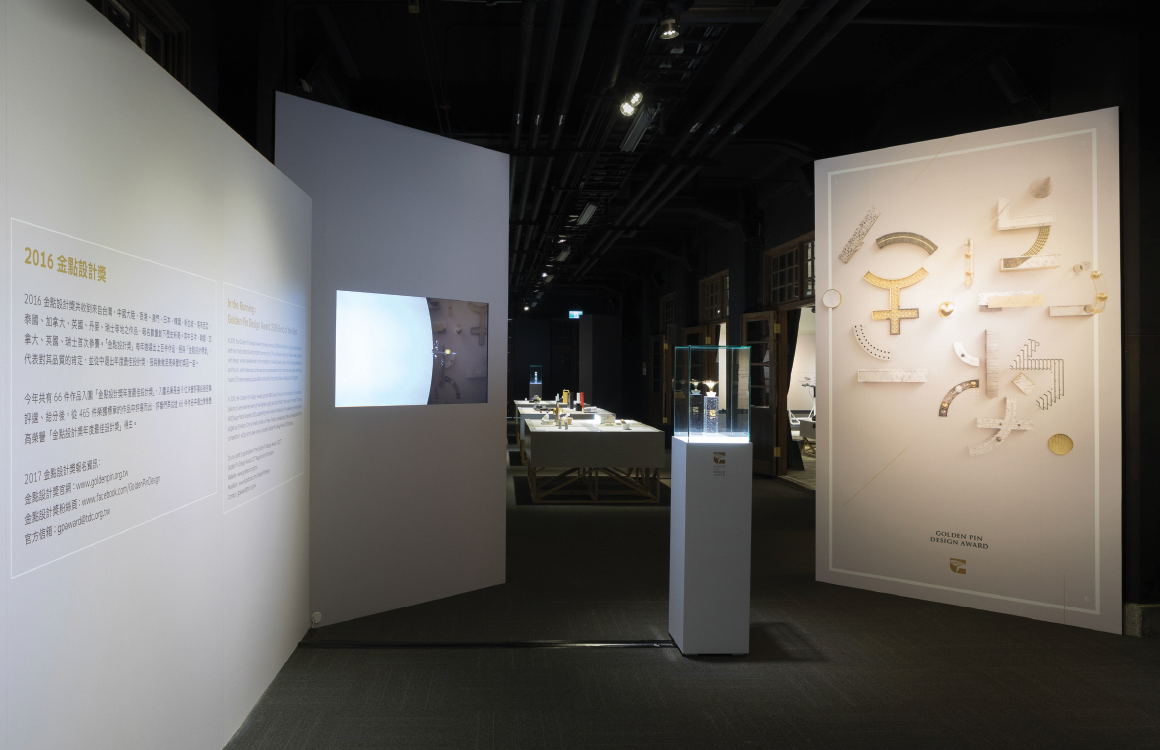
Over the past three years, the award has attracted entries from regional designers in Taiwan, China, Hong Kong Japan, Singapore, Thailand, and Malaysia, and has even attracted entries from designers in countries as far afield as Australia, Germany, and the UK. For international companies, the attraction of entering (and hopefully winning) the award is the chance to prove their design prowess in the collective huaren market.
Another award under the Golden Pin banner, the Golden Pin Concept Design Award, encourages entrants to consider philosophies, ideologies, principles, or areas of thought attributable to huaren culture or lifestyles and the Chinese concept of zhongguan (中觀) in their submitted concepts. In 2016, the three Best Design winners took home not only a trophy, but also their share in a total cash prize pool of NT$900,000.
Each year, winners in both awards must make it through three stages of judging: those designs that pass the Secondary Selection are named Design Mark recipients (in 2016, there were 465), and those that pass the Final Selection are named Best Design recipients–23 Golden Pin Design Award and 3 Golden Pin Concept Design Award winners were named at the 2016 ceremony.
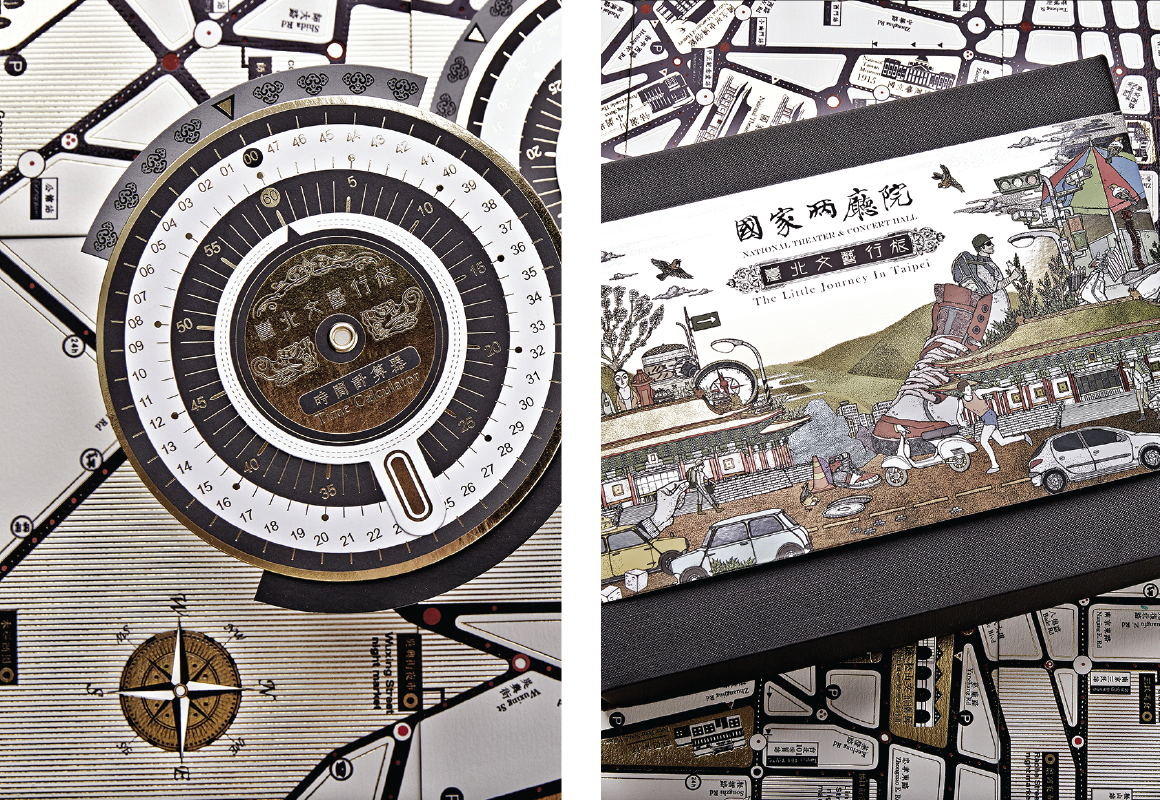
- TAPPING INTO TRADITION
- SOLVING SOCIETY’S PROBLEMS
- FOOD, GLORIOUS FOOD
Tapping Into Tradition
Many Design Mark recipients and Best Design winning projects seemed to be concerned with the preservation or revival of Chinese or local traditions.
SANXTIN, working for Taiwan’s National Theater & Concert Hall in Taipei, created a board game that takes players on an imaginary 48-hour journey through 16 of the capital’s most iconic locations. In the Golden Pin Design Award 2016 Best Design winning game, which the company aptly named Little Journey in Taipei, players become tourists who explore the city through different modes of transportation, collecting various cards featuring traditional operatic masks along the way.
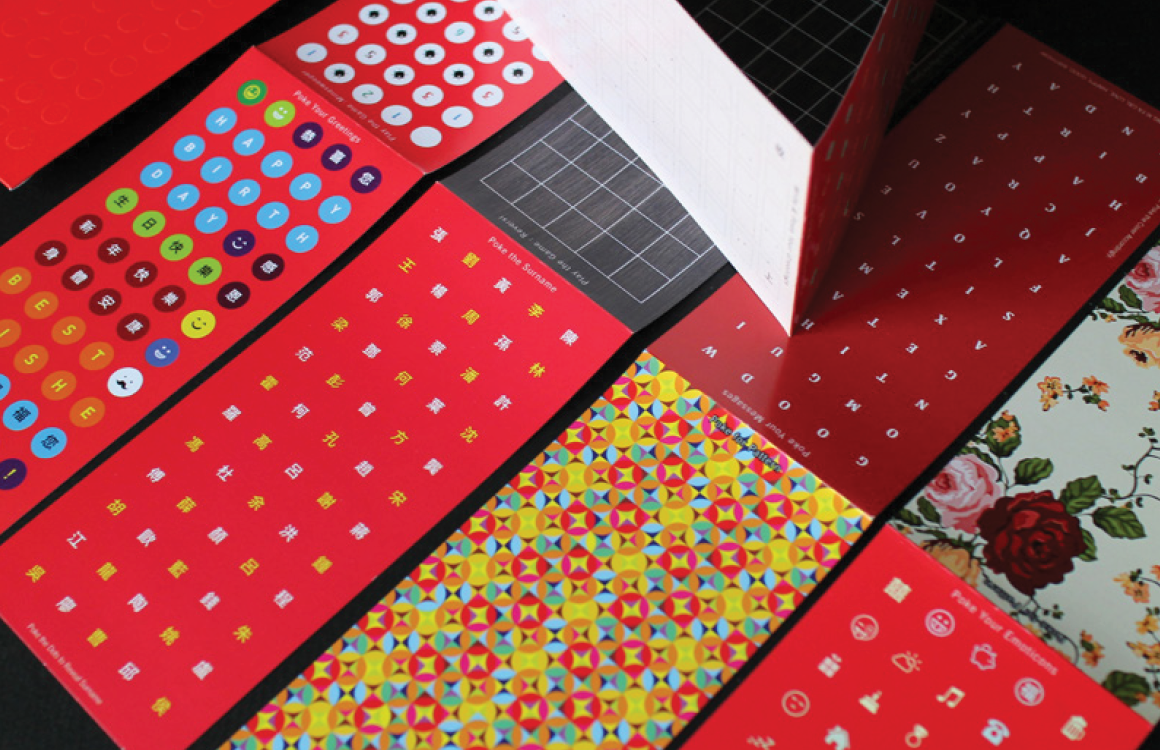
Malaysian entries typically put a twist on what could be considered traditional huaren culture, such as in Dot Creative Design’s iPack, which added an element of play to the celebratory Chinese red envelope that won the company a Golden Pin Design Award 2016 Design Mark.
‘A Guide to Chinese Funerals in Singapore’ by Singaporean designer Elsa Ng Hui Shan offers younger generations insight into dwindling customs and beliefs, and is themed around a Chinese proverb often associated with death. The project was named a Golden Pin Concept Design Award Design Mark recipient in 2016.
- TAPPING INTO TRADITION
- SOLVING SOCIETY’S PROBLEMS
- FOOD, GLORIOUS FOOD
Solving Society’s Problems
A number of works entered this year take on the social circumstances affecting people living in communities in the Greater China region.
3ya Design Associates created tea packaging for the Tse-Xin Organic Agricultural Foundation that took home a Golden Pin Design Award Best Design trophy in December. By featuring flora and fauna indigenous to Taiwan on the packaging—a tree frog moving with the ripples of the river, the trail of a leopard cat appearing in the forest, a black bear strolling through the valley, and a spotted deer exploring in the rain—the project aims to educate consumers on the importance of animal conservation.
In ‘Extraordinary Ordinary Public’, a poster series from China that received a Golden Pin Concept Award Design Mark, the designer, Sun Yuntong, addresses the concerns felt by China’s newsstand owners, who are overlooked casualties of the rapid decline in print media readership.
- TAPPING INTO TRADITION
- SOLVING SOCIETY’S PROBLEMS
- FOOD, GLORIOUS FOOD
Food, Glorious Food
Perhaps unsurprisingly given the well-known huaren passion for all things culinary, designs related to food featured heavily among the Golden Pin Design Award winners in 2016.
Taipei-based high-end cookware company, JIA Inc, revolutionised the mortar and pestle for the modern cook, creating a trough-like mortar and rolling pestle that can quickly grind herbs, spices, and more. Inspiration for the rolling technique came from the way herbs are ground up in the traditional Chinese medicine practice. This new take on an age-old design won the company a 2016 Best Design trophy.
ONE SHAKE, another Golden Pin Design Award Best Design winner, is a salt and pepper dispenser set that was designed by ndd design, a design firm located in the hot, southern Taiwanese city of Tainan, to close automatically when uprighted, ensuring as little moisture from Taiwan’s typically humid air as possible gets inside.
“Along the selection process, we took into consideration important elements, such as function and aesthetics. In addition to this balance, we paid attention to particular elements such as the emotion [of the design]. After all, design needs to connect people to people, as well as people and space,” explains Oki Sato, who is founder and creative director of renowned Japanese design studio, Nendo, and was Jury Chair for the Golden Pin Design Award 2016 Final Selection. “Through close examination and exploration, we were really able to find the value of these products and projects, so I’m firmly convinced that if we keep on working on this award, in the very near future, the Golden Pin Design Award will become a globally leading design award.”
View selected projects from the Golden Pin Design Award 2016 and Golden Pin Concept Design Award 2016 at the Taiwan Design Museum, Songshan Cultural and Creative Park, Taipei, until April 23. www.goldenpin.org.tw











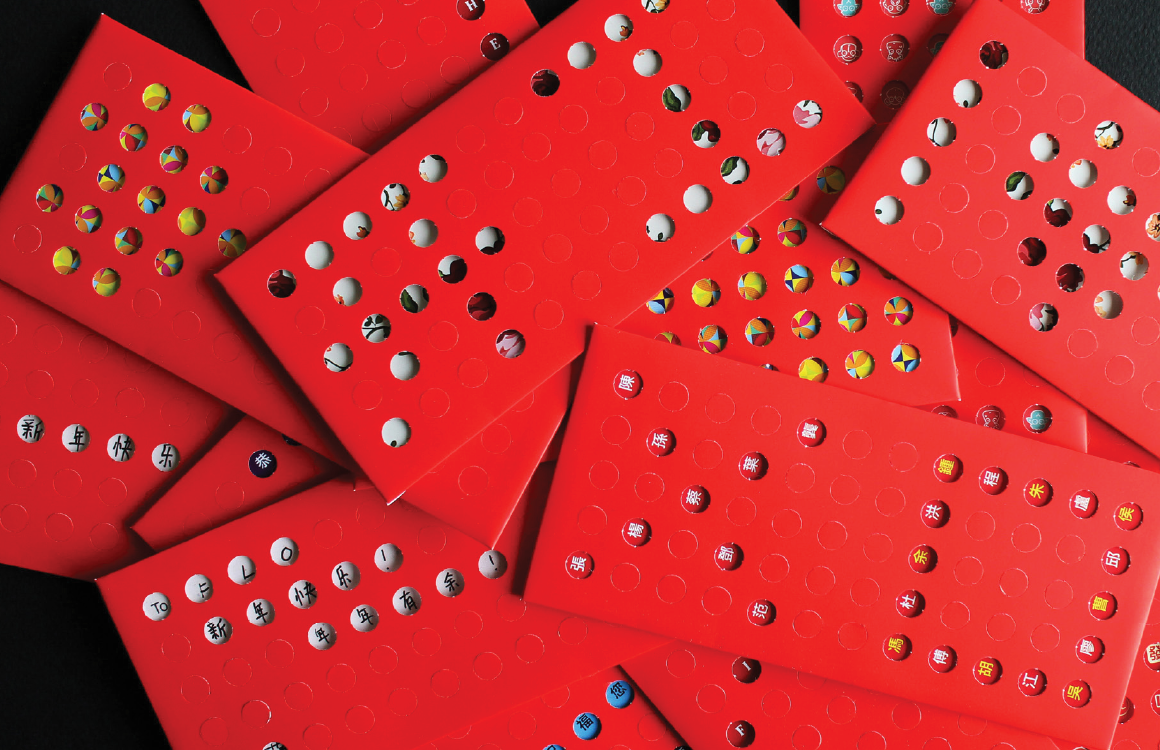
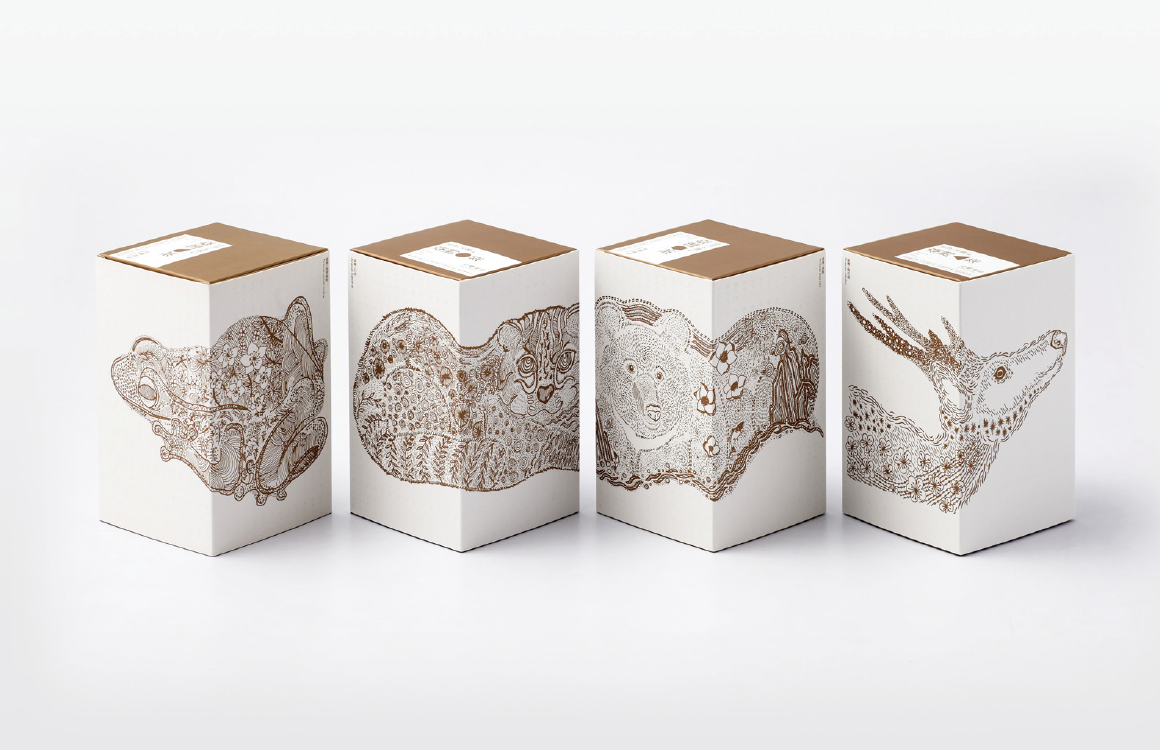
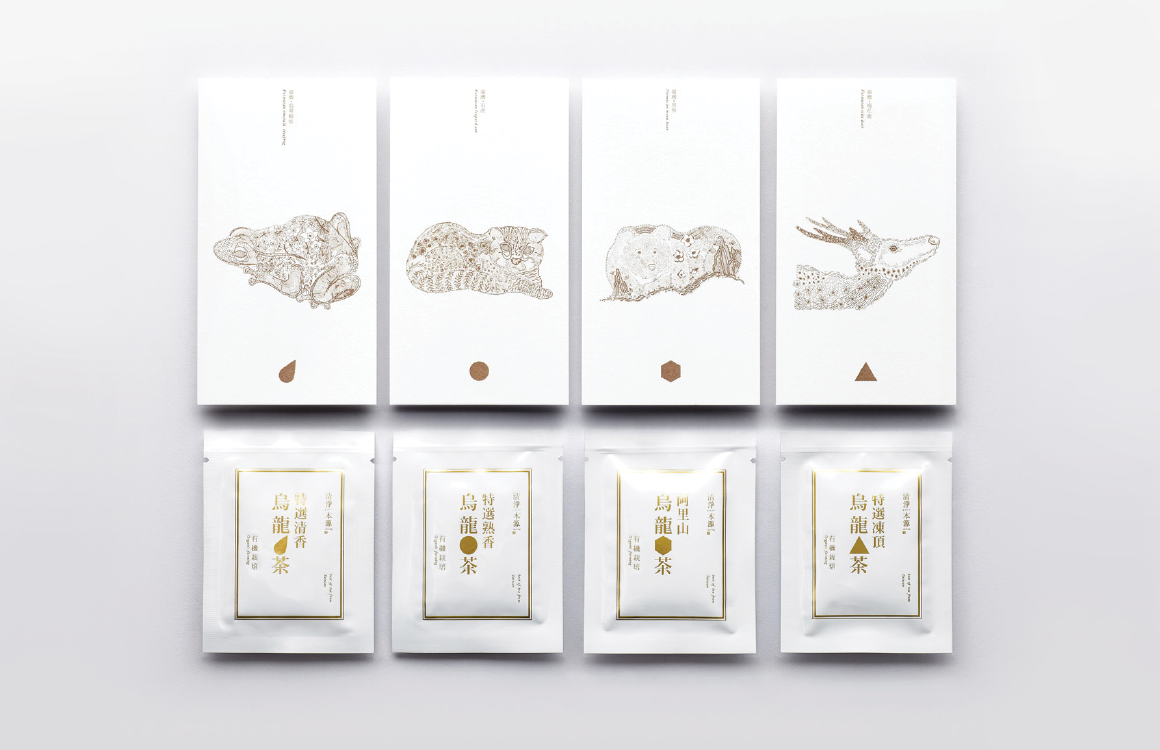
 Back
Back
